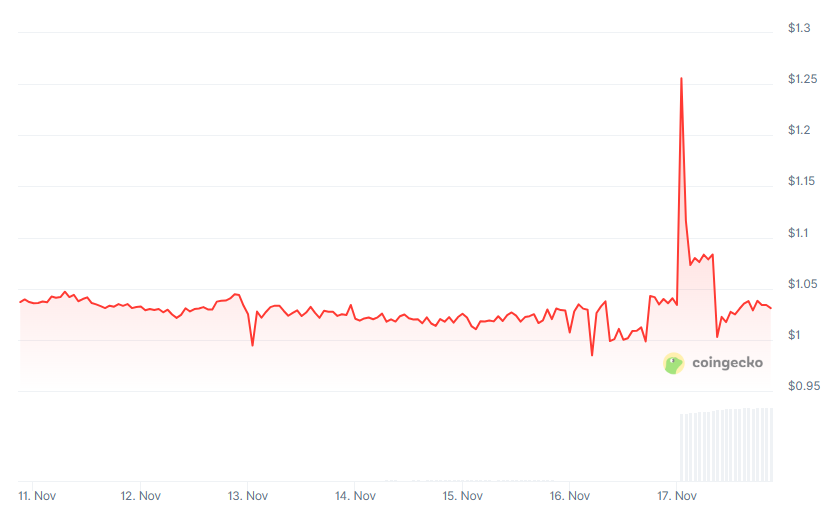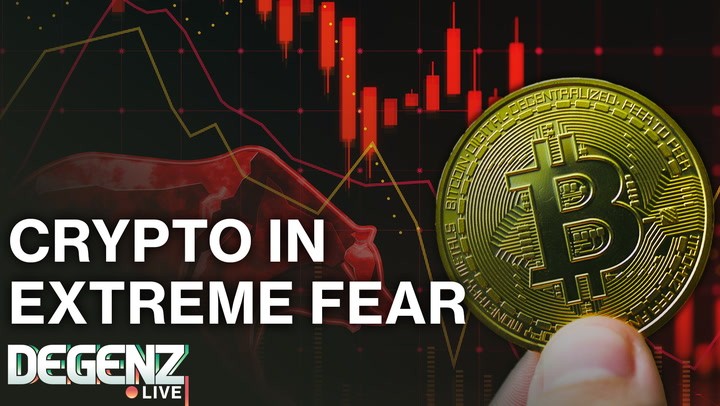Chain detective ZachXBT posted on his Telegram channel earlier today (17th) that a Cardano (ADA) whale that had been dormant for nearly 5 years suddenly woke up today and tried to exchange all 14.4 million ADA (worth about 6.9 million US dollars) for the Cardano ecosystem's USD stablecoin USDA. As a result, due to extremely poor liquidity, he only exchanged for 847,000 USDA, with an actual value of only about 847,000 US dollars. This is equivalent to evaporating 6.05 million US dollars in a few seconds, and the degree of loss can be described as catastrophic.
Why did a single trade result in a loss of $6 million?
The community widely speculates that this whale, who had been holding ADA for a long time, attempted to convert it to a stablecoin after waking up, perhaps to lock in its previous gains during the current market downturn. However, his choice of the stablecoin USDA actually sowed the seeds of his losses: firstly, although USDA is the native stablecoin in the Cardano ecosystem, its market capitalization is extremely low, only about $10 million; secondly, the liquidity pool depth of the ADA/USDA trading pair is even lower, less than $10 million, which is far from sufficient to withstand the impact of a single conversion of 14.4 million ADA.
Therefore, under the Automated Market Maker (AMM) mechanism, this huge sell order instantly drove the USDA price up from $1, causing the whale to execute the trade at a price extremely far from the market average. After the trade was completed, the liquidity pool was automatically rebalanced, and the USDA price quickly fell back.
In other words, this whale used $6.9 million worth of ADA to buy a bunch of USDA that were worth far more than $1 in a short period of time, but in the end, all that was left in his hands was USDA with a real value of only $847,000.
Crypto community reaction
ZachXBT directly labeled the whale"Onchain clown of the month" on his channel. The crypto community generally watched the spectacle with a mocking attitude. Some said, "Always, always, always watch the liquidity pool depth and enter in batches, bro!" Others sarcastically remarked, "It's because geniuses like this exist in this world that we don't seem so stupid." Still others commented, "This is worse than going to zero; at least going to zero doesn't incur transaction fees."
USDA prices briefly rose before falling back.
Affected by the whale's "fat finger" maneuver, the price of USDA briefly surged above $1.25, but at the time of writing, it has fallen back to $1.03, with a market capitalization of $10.4 million.

Four Risk Control Rules for Large Transactions
This $6 million cost serves as a wake-up call for all DeFi participants:
- Check liquidity depth before placing an order: the size of a single order should ideally not exceed 10-20% of the total liquidity pool.
- Order splitting: Break down positions into multiple small transactions and execute them at different times or across different pools to reduce impact.
- Set a slippage limit: Set the tolerance to 1-3% to avoid trading in extreme market conditions.
- Multiple exchange paths: Prioritize pools with sufficient liquidity such as USDT and USDC, and return to centralized exchanges for trading when necessary.








